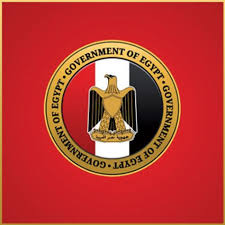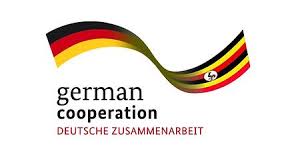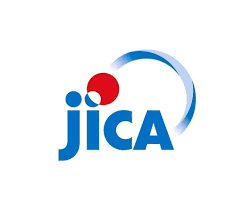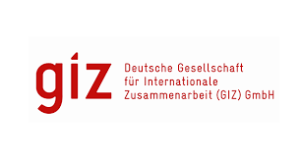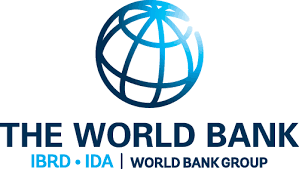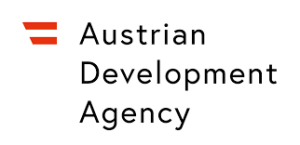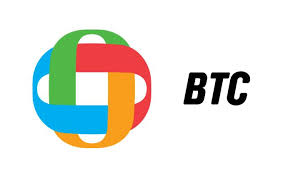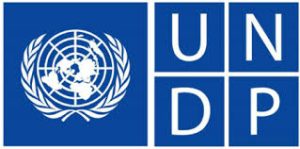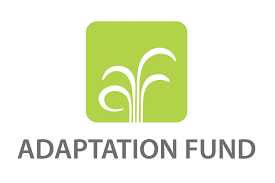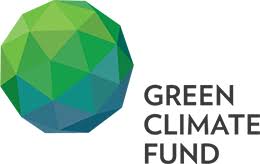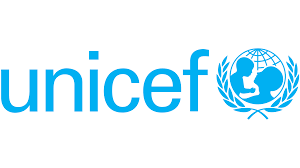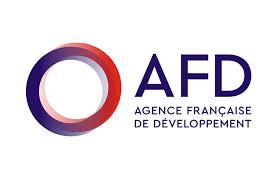IWMDP
The Integrated Water Management and Development Project (IWMDP) is a Seven (7) year Government of Uganda (GoU) Project funded with a loan worth US $313 Million by the World Bank. The Project will support GoU through the Ministry of Water and Environment (MWE) and the National Water and Sewerage Corporation (NWSC) in achieving the United Nation’s Sustainable Development Goals (SDGs), including SDG #6, ‘Ensure availability and sustainable management of water and sanitation for all.’
Core Objective:
The primary objective of the IWMDP is to improve access to water supply and sanitation (WSS) services, strengthen capacity for integrated water resources management, and enhance the operational performance of water and sanitation service providers in project areas. This aims to ensure sustainable access to clean water and improved sanitation for a significant portion of Uganda’s population, particularly in vulnerable regions.
Funding and Implementation:
- The project is funded by the World Bank, primarily through the International Development Association (IDA), with an initial credit of US $280 million and an additional US $29 million from the IDA 18 Sub-Window for Refugees and Host Communities. Additional co-financing includes KfW (US$25 million) and GoU Counterpart financing (US$8 million).
- The Ministry of Water and Environment (MWE) and the National Water and Sewerage Corporation (NWSC) are the key implementing agencies, responsible for different components of the project.
- The project commenced in June 2019 and is currently projected to close in January 2026.
Project Area and Beneficiaries:
The IWMDP targets various areas across Uganda, with a significant focus on improving services in:
- Small towns and Rural Growth Centers (RGCs): These areas are critical for expanding access beyond major urban centers.
- Large towns: Especially those with significant populations and growing demand.
- Districts hosting refugees and host communities: Addressing the increased strain on water and sanitation infrastructure due to large refugee populations. This includes areas like Adjumani, Yumbe, Arua, Moyo (including Obongi), Lamwo, and Kiryandongo.
- Specific towns and regions mentioned in project documents and news include Busia, Gulu, Mbale, Kumi, Namasale, Koboko, Rakai, Kagadi, Kakumiro, Kaliro, Iganga (Namungalwe), Kyegegwa, and Ruyonza (Rukungiri).
The project is designed to benefit hundreds of thousands, if not millions, of Ugandans, including an estimated 1,075,000 people in Adjumani and Mbale alone, with long-term projections to serve even larger populations by 2040.
Key Components and Activities:
The IWMDP is structured around four main components:
 Official Website of the Ministry of Water and Environment
Official Website of the Ministry of Water and Environment


